Shingle
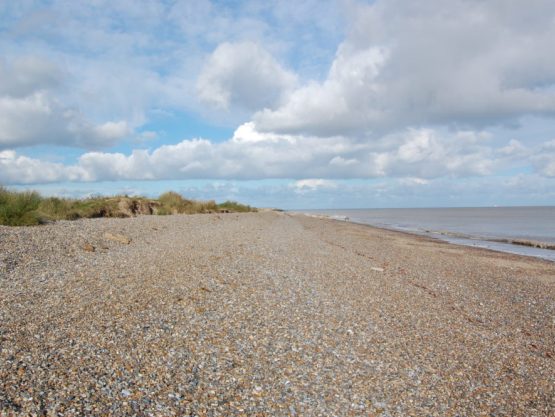
Suffolk’s vegetated shingle coast is atmospheric and iconic. These apparently empty stones are teeming with life. This is a rare habitat but Suffolk is lucky enough to have about a fifth of Britain’s vegetated shingle. It is also surprisingly fragile and has huge value for wildlife.
The plants that live here are specially adapted to a severe environment. Vegetated shingle habitat is under immense pressure from humans enjoying the beach and our care is needed to conserve it so that it can be enjoyed by future generations.
Vegetated shingle is stones which are stable enough to support vegetation. Many of the world’s shingle beaches do not have plants at all. In England and Wales, a third of the coast is shingle but most of it is too mobile to support plants so, it is a comparatively rare habitat even in Britain.
The shingle environment is a harsh place to live: it is dry with little fresh water and low rainfall. Any moisture drains quickly through the gaps in the shingle stones. It is also salty and windy with limited nutrients. Little can survive on stones continually moved by the waves. Nonetheless, vegetated shingle beaches are full of plants and animals, some too small for us to see. Shingle plants adapt by having succulent stems and leaves, deep fleshy roots to maximise water uptake and a number of other adaptations.
Shingle that is thrown up by the waves and accumulates above the high tide line can become stable. As the debris from the plants of previous years collects on the surface, it holds on to both moisture and seeds. This very thin “soil” layer is critical to the germination, establishment and continued survival of shingle plants. Gradually the beach develops with the stones closest to the sea stabilising with shingle plants adapted to the conditions. If the beach is not backed by cliffs or man-made structures, it will develop backwards and less specialist plants, like scrub, will establish further away from the coast.
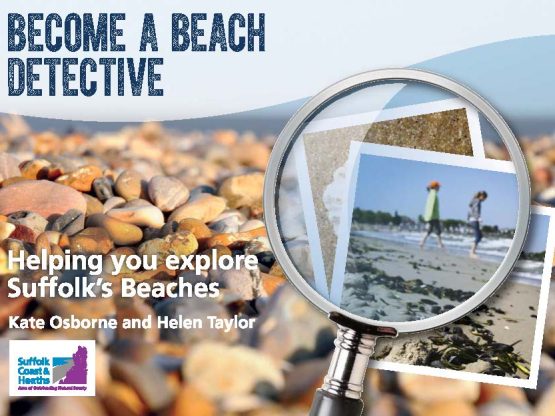
Beach Detective Booklet
Become a Beach Detective! This booklet is packed full of fantastic, fascinating information about Suffolk's iconic shingle beaches and the vegetation and secrets they hold.
Download our free booklet and learn more about the treasures you’ll find when beachcombing and exploring the shingle.
The successful development of plants on a shingle beach relies on the shingle remaining undisturbed, but people, vehicles, development and natural processes all have an effect. Disturbance results in the destruction of vegetated shingle habitat. Shingle plants growing close to the high tide line are at risk of being submerged if onshore winds push a high tide further up the beach. And entire plants can, and are, washed away during severe storms.
Storms are a natural disturbance. Human disturbance threatens vegetated shingle habitat and its plants, not only by direct trampling but also by walking on the shingle. This causes the critical soil layer to drop further down between the shingle stones where it can’t be used. A perfect example of this is the large circumference with no vegetation around the scallop sculpture on Aldeburgh beach. This is because of people walking to the sculpture to explore it. This can be clearly seen on busy paths. You can help by always using established paths or boardwalks to access shingle beaches.
Orford Ness is a superb example of a shingle beach undisturbed by humans. Shingle beaches develop in a series of ridges and these show the evolution of Orford Ness. Each ridge marks a high tide line, although they are not necessarily progressive as newer ridges can destroy older ones. The tops of the ridges are “striped” with vegetation, while the roughs between them are bare.
Content provided by Kate Osborne from www.beachbonkers.org.uk.
Four Shingle Beaches to visit in the National Landscape
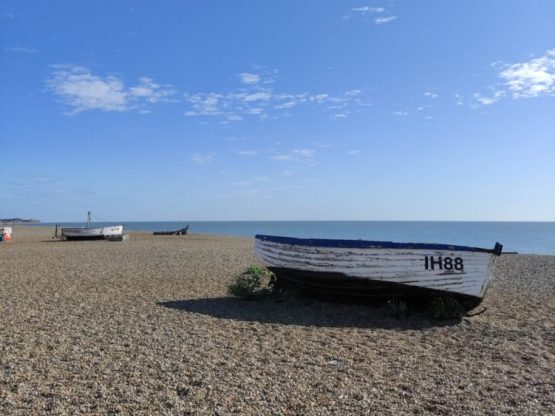
Aldeburgh Beach
Aldeburgh beach, north of the town, is stunning for shingle plants. South of the town, the river and the sea are separated by less than 100 metres. About 7000 years ago a shingle spit began growing across the mouth of the River Alde, forcing the river southwards. This is also the origin of the Orford Ness spit.
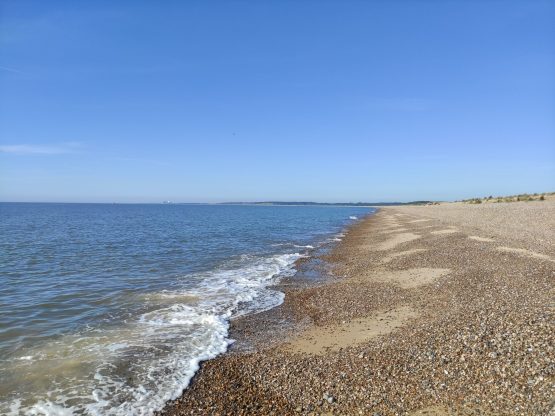
Dunwich Beach
Dunwich in the Middle Ages was a prosperous city because of its port. Storms and tidal surges in the 13th and 14th centuries blocked the entrance to the port. The city declined and much was lost to the sea, leaving behind the small village we know today.
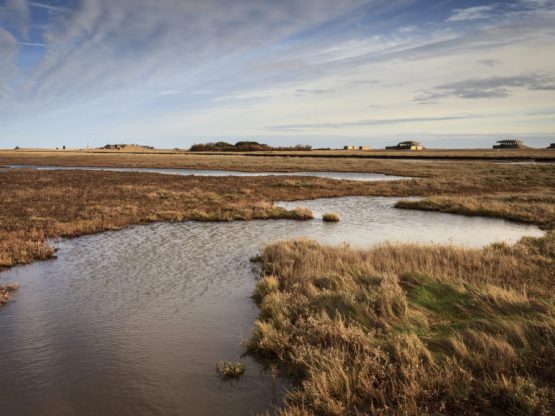
Orford Ness
Orford Ness is the largest vegetated shingle spit in Europe and the best-preserved area of shingle in Britain. Some of the shingle ridges are centuries old.
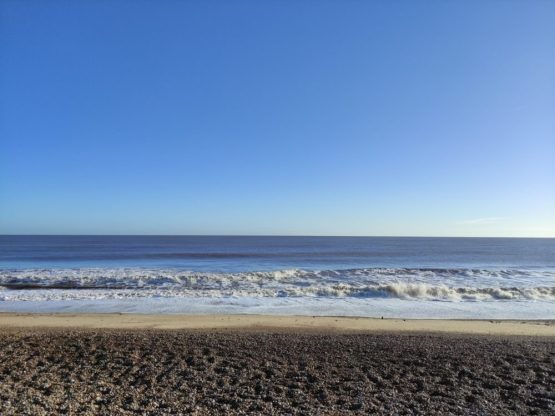
Sizewell Beach
Sizewell beach is a superb location for finding lumps of millions of years old coralline crag. Crag is a local word meaning “shelly sand.” Lumps of orange-brown crag are full of shells and bryozoans – microscopic animals that lived in colonies.
